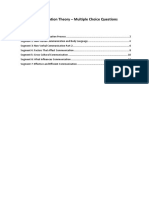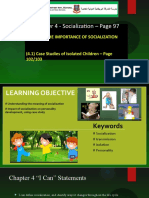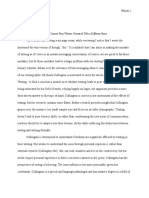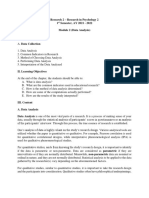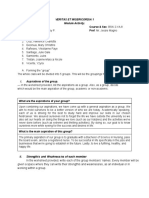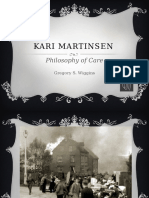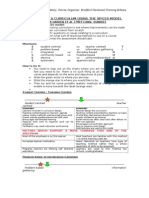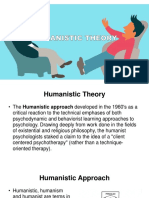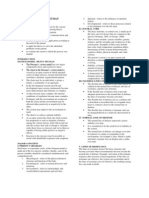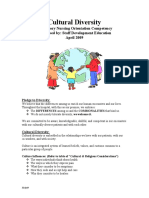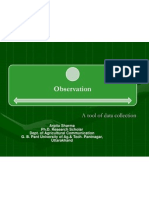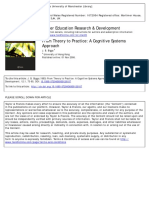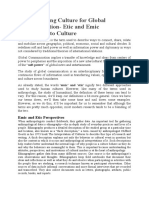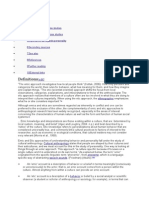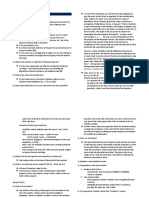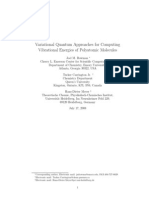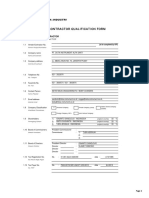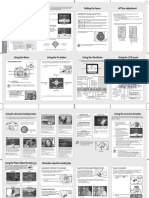0% found this document useful (0 votes)
149 views6 pagesAnthropology: Emic vs. Etic Views
The document discusses the emic and etic viewpoints in anthropology. The emic viewpoint refers to an insider's perspective of a culture, while the etic viewpoint refers to an outsider's perspective. The article "Body Ritual Among the Nacirema" uses an etic viewpoint to observe and describe Nacirema rituals from the outside. However, a one-sided etic analysis is not useful because it does not provide an understanding of cultural practices from an insider's perspective and risks misinterpreting behaviors without proper cultural context. More balanced methods like ethnography and participant observation from an emic viewpoint could help make analyses less biased.
Uploaded by
wafula stanCopyright
© © All Rights Reserved
We take content rights seriously. If you suspect this is your content, claim it here.
Available Formats
Download as DOCX, PDF, TXT or read online on Scribd
0% found this document useful (0 votes)
149 views6 pagesAnthropology: Emic vs. Etic Views
The document discusses the emic and etic viewpoints in anthropology. The emic viewpoint refers to an insider's perspective of a culture, while the etic viewpoint refers to an outsider's perspective. The article "Body Ritual Among the Nacirema" uses an etic viewpoint to observe and describe Nacirema rituals from the outside. However, a one-sided etic analysis is not useful because it does not provide an understanding of cultural practices from an insider's perspective and risks misinterpreting behaviors without proper cultural context. More balanced methods like ethnography and participant observation from an emic viewpoint could help make analyses less biased.
Uploaded by
wafula stanCopyright
© © All Rights Reserved
We take content rights seriously. If you suspect this is your content, claim it here.
Available Formats
Download as DOCX, PDF, TXT or read online on Scribd
/ 6





